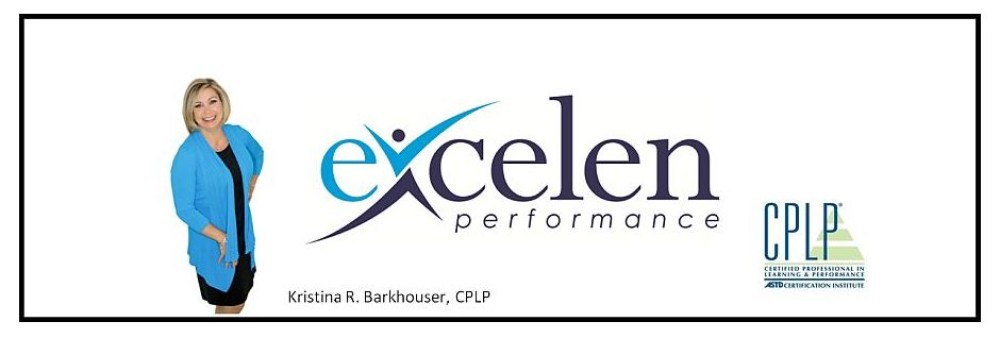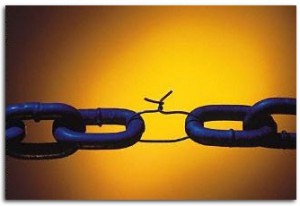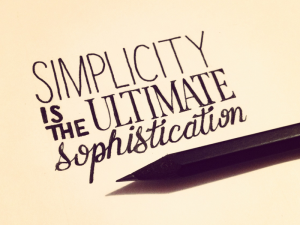So how are you rating on the “cheer” meter right now? Are you feeling like a holiday cheermeister yet? (I love that part in the Grinch movie!)
The holidays are a great source of joy and cheer for many, but for others they are very  stressful and can bring on anxiety related to shopping, cooking, gifting and visiting. For some people, this can be a very lonely time of year, especially for those who have experienced a significant loss. So how can you be of good cheer? Actually, watching or reading “The Grinch Who Stole Christmas!” offers a good reminder to change our attitude.
stressful and can bring on anxiety related to shopping, cooking, gifting and visiting. For some people, this can be a very lonely time of year, especially for those who have experienced a significant loss. So how can you be of good cheer? Actually, watching or reading “The Grinch Who Stole Christmas!” offers a good reminder to change our attitude.
I love this part from the story:
“And the Grinch, with his Grinch-feet ice cold in the snow,
stood puzzling and puzzling, how could it be so? It came without ribbons! It came without tags! It came without packages, boxes or bags! And he puzzled and puzzled ’till his puzzler was sore. Then the Grinch thought of something he hadn’t before. What if Christmas, he thought, doesn’t come from a store? What if Christmas, perhaps, means a little bit more!”
― Dr. Seuss, How the Grinch Stole Christmas!
In a culture that drives you to do more, I challenge you to do more meaningful things this year. Spending quality time with loved ones is far more valuable than gifts. A kind word and sincere company is an immeasurable blessing to the lonely. Determine to be of good cheer and spread cheer, even with just your smile. Seek a simpler approach to the season and see what a difference it can make. So consider the real meaning of the season and Be of Good Cheer! Merry Christmas, everyone!
We should honor the Savior’s declaration to “Be of Good Cheer.” Indeed, it seems to me we may be more guilty of breaking that commandment than any other. – Jeffrey R. Holland









